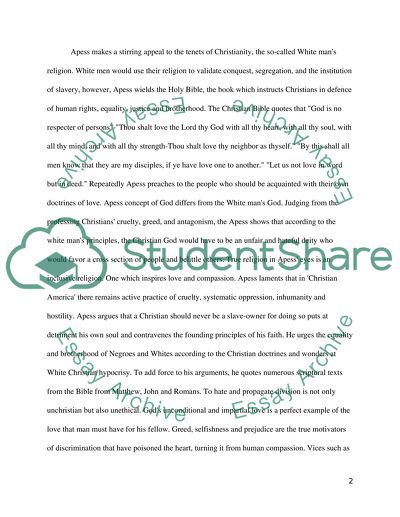Cite this document
(“The irony in An Indians Looking-Glass for the White Man Essay”, n.d.)
Retrieved from https://studentshare.org/environmental-studies/1419508-apess-use-of-irony-in-an-indians-looking-glass-for
Retrieved from https://studentshare.org/environmental-studies/1419508-apess-use-of-irony-in-an-indians-looking-glass-for
(The Irony in An Indians Looking-Glass for the White Man Essay)
https://studentshare.org/environmental-studies/1419508-apess-use-of-irony-in-an-indians-looking-glass-for.
https://studentshare.org/environmental-studies/1419508-apess-use-of-irony-in-an-indians-looking-glass-for.
“The Irony in An Indians Looking-Glass for the White Man Essay”, n.d. https://studentshare.org/environmental-studies/1419508-apess-use-of-irony-in-an-indians-looking-glass-for.


